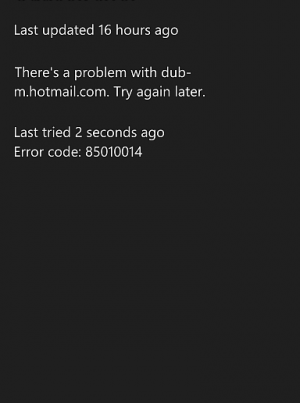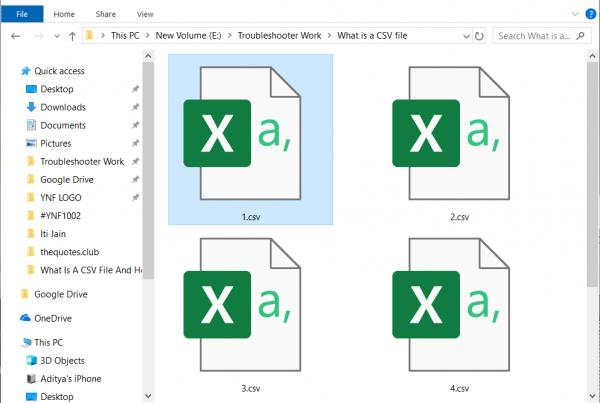The search engine Google aims to provide relevant information to the user and to place the search results at the right time and in the right place. To protect its visitors, Google has entered "Secure Search". This means that registered users' searches will not be tracked.
At the same time, webmasters will no longer know what keywords visitors used to reach their site. This has a great impact on SEO measures, because keyword targeting is more difficult due to lack of data. Information about the entered keyword is not enabled. In this way, webmasters have less and less information regarding keywords.
A referral string The reference string is a solution to this problem, as it contains important information that webmasters can use to drive keyword selection.
Referral string items
Through the Google Analytics filter settings, it is possible to differentiate the reference strings. The URL between the Google search results and the landing page contains information that can provide certain information. Refers specifically to parameters see and CD. Your information is enabled, even if the keyword is "not available".
Cd values
The value assigned to the parameter CD shows the position of the search result, that is, cd = 1 means first place.
Ved values
Parameter see It consists of three parts. It contains information about which universal vertical the result belongs to, the position in the vertical (relative position), and the position in the search results (absolute position).
Use of Google Analytics filters
Using the Google Analytics filter settings, it is feasible to interpret the keyword. The value see it has to be compared to this purpose. In spite of everything, you also have to pay attention that only around 50% of search references have this data in the Google Analytics search engine.
Creating a Google Analytics profile filter
To create a filter, you have to add a new one in the administrator's control panel. If an existing one is used, may cause loss of desired data.
Next, two advanced filters are configured. One filter is used to extract the ved and cd from the reference string and the other to display the data in the Google Analytics search engine. An example of the parameters that are required for the extraction of see and CD is:
In the first field: (? | &) (Ved) = ([^ &] *) In the second field: (? | &) (Cd) = ([^ &] *)
It should be noted that the filter does not act retroactively, but only applies to the new data received. Thus, the waiting time must be programmed according to the current traffic to generate enough data for the evaluation.
Add extended segments
The segment should be assigned an appropriate name that corresponds to the posterior vertical. The source has to be searched for a specific string, which can have a value see (see list above) as QqwI.
Checking the sitelinks
Sitelinks are a subset of the results, a search for a brand. Google's algorithm determines which links are shown in addition, but a webmaster also has the option to downgrade the links in the Google Search Console. Parameter see useful for measuring the performance of sitelinks pages.
To find the sitelink that was sent by the referral string, the value of the CD has to be examined. This value is part of the reference string. The filter for this has already been configured in step 1, the cd value is contained in the data.
Apps
The following apps allow excellent evaluation options for the search "not provided". Here are some examples of the possibilities:
- ROI calculation and resource allocation for various SEO measures.
- Sitelinks optimization for brand searches. If the information for the keyword "is not provided", but the value ved xxxxQjB is provided, then it can be concluded that the keyword was its own brand.
- Image optimization for Google News: The "main link" of a Google News OneBox is mostly different from the thumbnail. The value ved = xxxQqQQIw can be divided by ved = xxxxQqwI, it will correspond to the linking of links to the images. When an imbalance exists it shows that there is a potential for image optimization. With this value, future optimization measures can be developed.
- Video thumbnail optimization: The video images that serve as links at the same time usually have the same source as the link. Marketers can review click-through rate based on ved value, specifically the xxxxQuAlw for image optimization.
- Analysis of the effectiveness of semantic markup: If rich snippet is clicked it is ved = xxxBE0MGM. For example, in music, ved = xxxQ6hEw applies.
The analysis of the reference chains offers new opportunities and, at the same time, compensates the losses suffered through Google Safe Search.
Web Links
- Http://googleblog.blogspot.de/2011/10/making-search-more-secure.html
- Http://www.seomoz.org/blog/decoding-googles-referral-string-or-how-i-survived-secure-search





